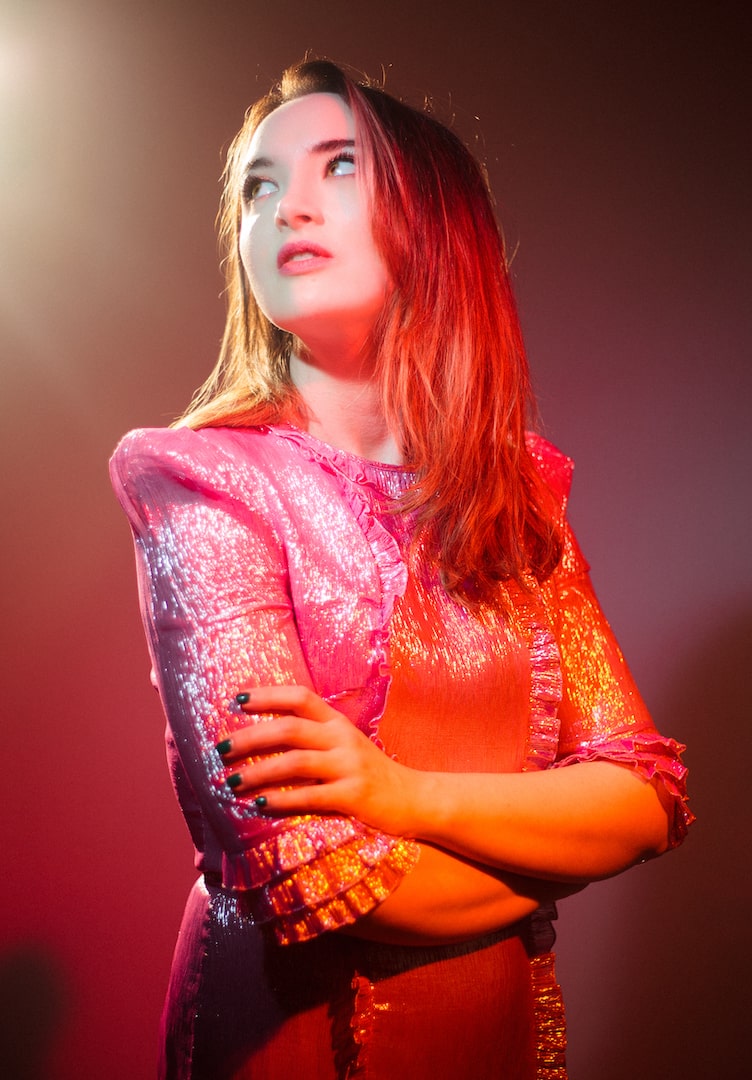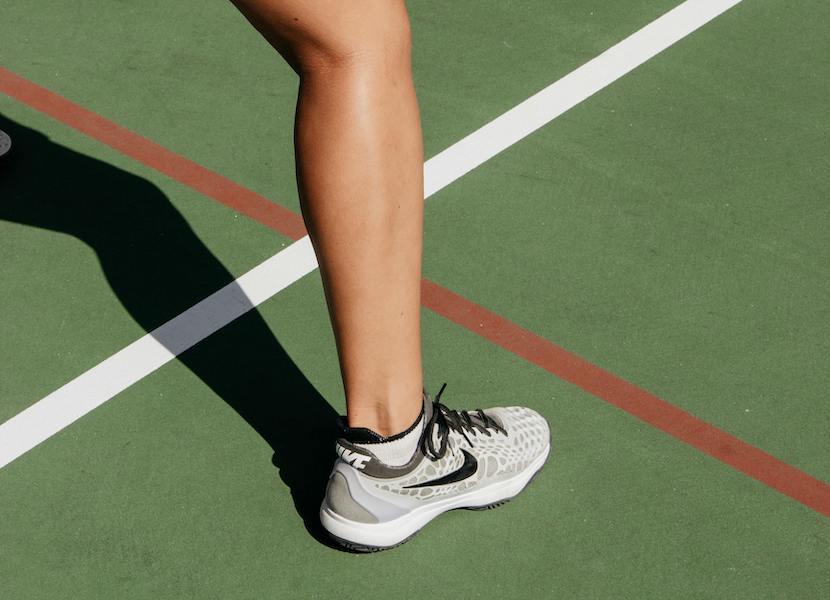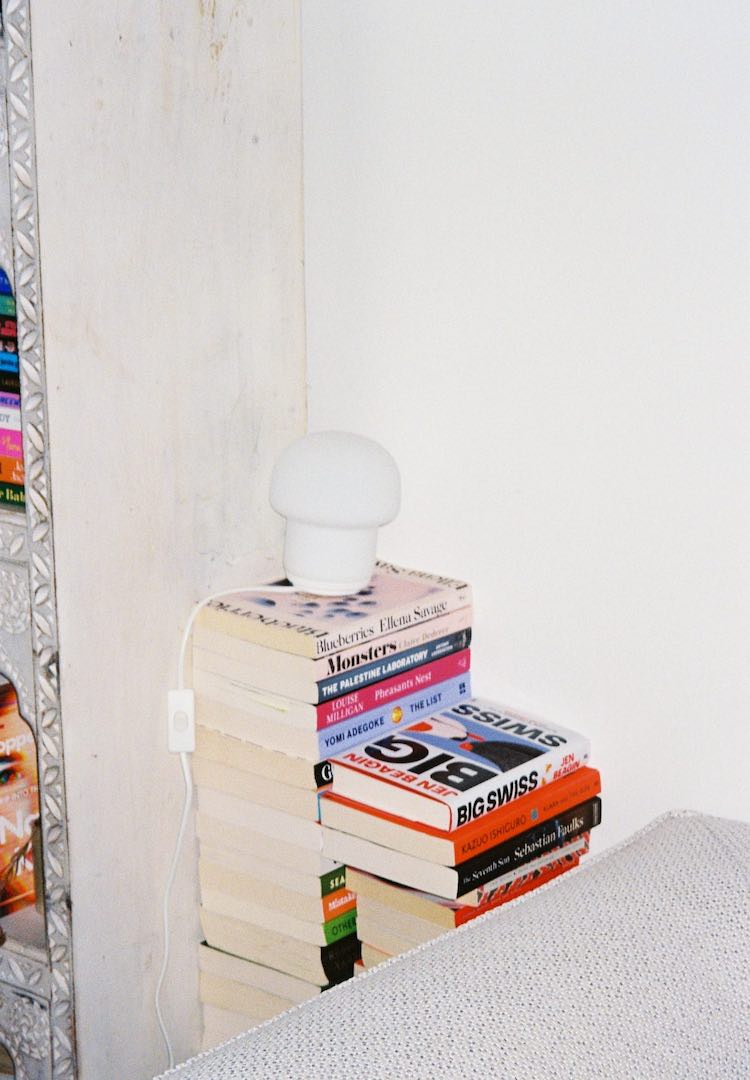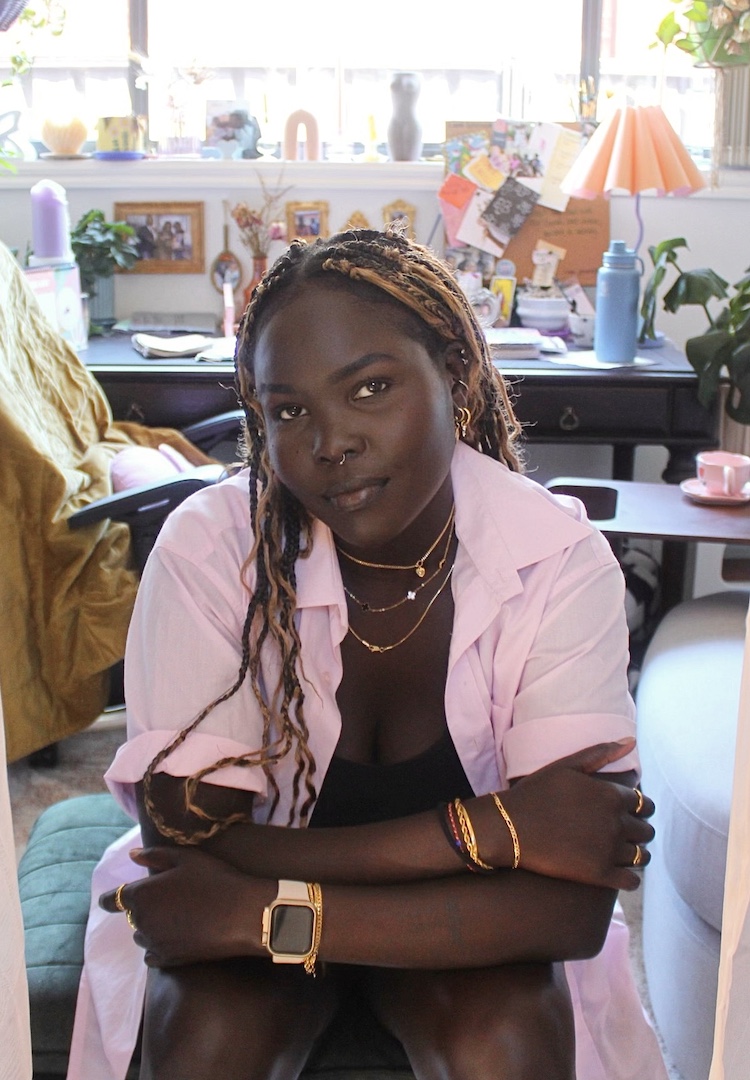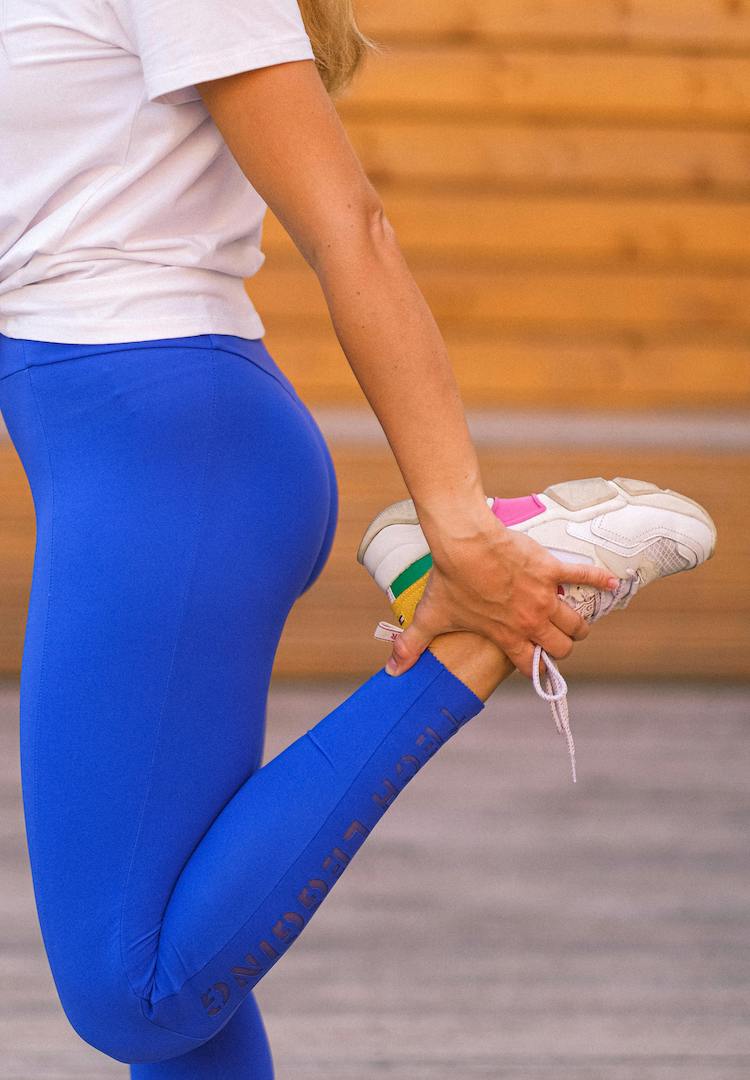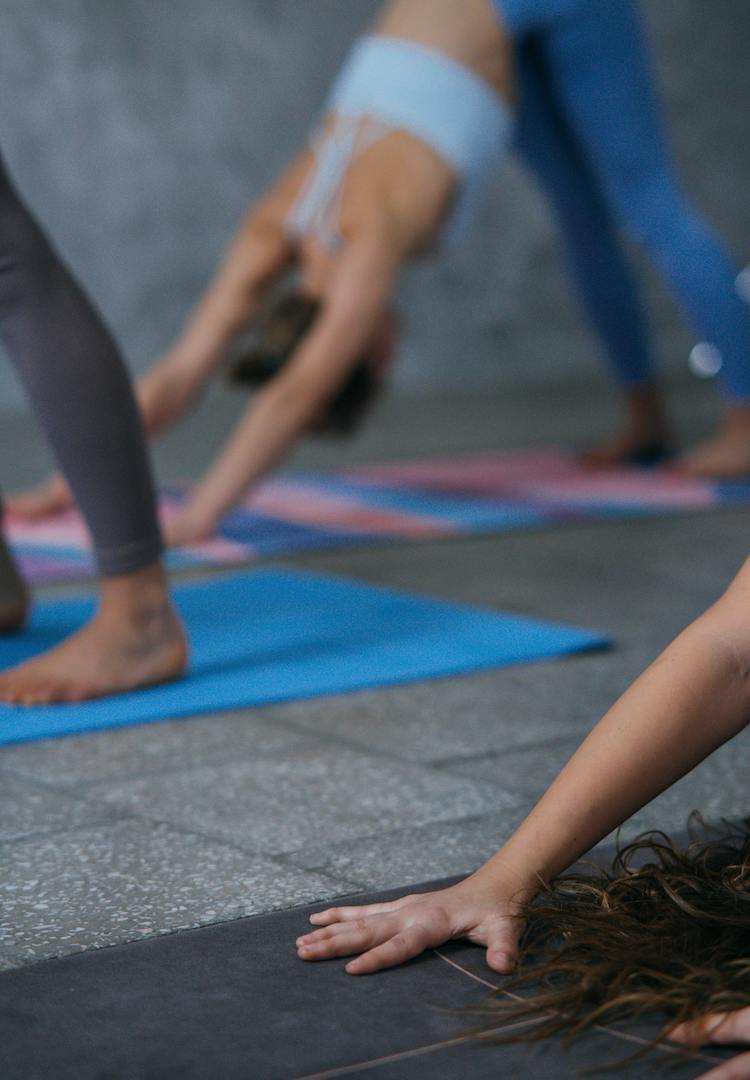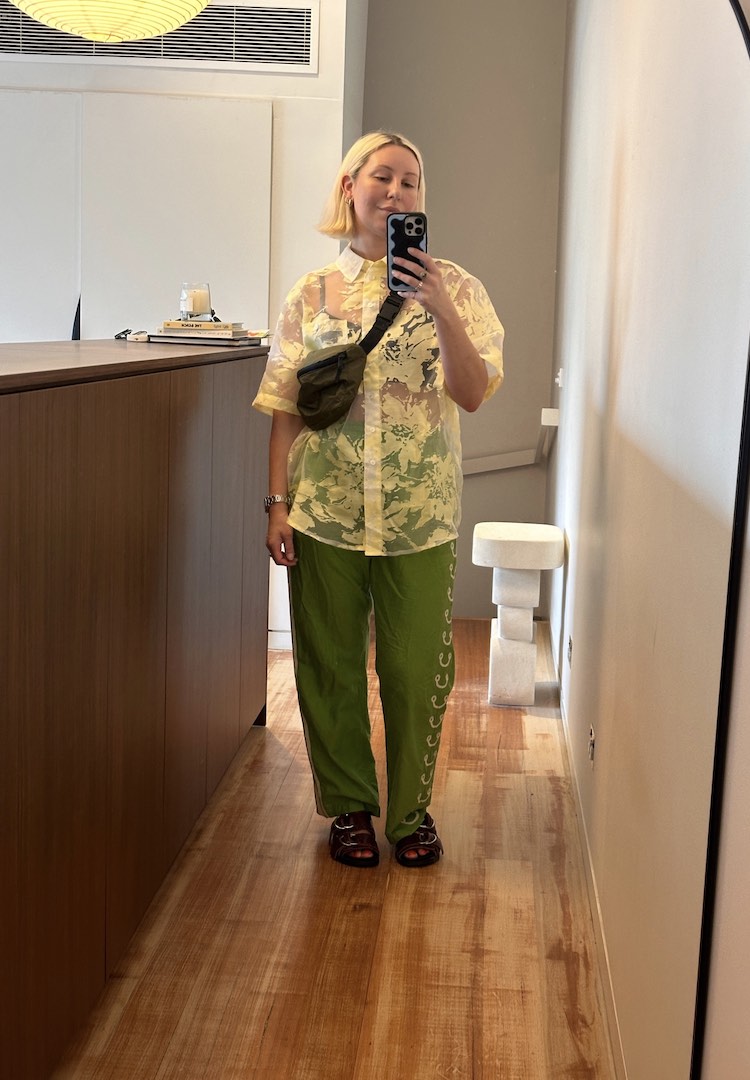Can Australian sport move away from being a ‘boy’s club’?
WORDS BY CHLOE DALTON
An excerpt from Olympic athlete Chloe Dalton’s book, ‘Girls Don’t Play Sport’.
I could count multiple experiences I’ve had with journalists and photographers who have all asked me the same question. That question, in case you haven’t guessed, is about the ‘juggle’.
The question often comes from a place of celebration or praise, and it usually sounds something like, “So can you tell us about how you manage to juggle both a physiotherapy career and a sporting career? That must be really difficult.” It’s a genuine question, and the answer is yes: when I was doing both, it was really hard.
Interested to hear how others navigate the world? Head to our Life section.
The fact that I wasn’t only playing rugby for my country, I was also a physio, was often the focus of the story. In fairness, it’s something I was and remain really proud of, the fact I managed to finish my physiotherapy degree while managing the demands of sport. Yet these stories often reinforce the idea that it’s amazing female athletes have the ability to juggle two careers at once – they often imply it’s a good thing.
Don’t get me wrong, I’m a big advocate for athletes having a plan for their post-sporting life. It’s a volatile career that can be impacted by everything from selections and injuries to trades and contract negotiations. All athletes need a back-up plan. But so often female athletes are praised more for their ability to ‘juggle’ than for their abilities as athletes.
A significant majority of female athletes don’t want to work a job on top of playing semi-professional or full-time sport. But they have to, because their sport does not pay them enough money to cover their rent, petrol, utilities and groceries. It’s a necessity that allows them to pay the bills. So, when this far-from-ideal part of their lives is celebrated, it misses the point that a lot of female athletes are juggling because they have to, not because they want to.
This is just one example of the fraught relationship between the media and women’s sports. Research by the Women’s Leadership Institute Australia, in an analysis of over 57,000 online stories, found that while men and women write about health, arts and entertainment, environment and technology to a similar degree, sports journalism is dominated by male writers – in their sample, female journalists made up just 13 per cent of sports writers.
No wonder, then, that only 16 per cent of quotes appearing in those sports pages were attributed to women. New Zealand research has also found that, compared to their male counterparts, female athletes were 20 per cent more likely to be spoken for by their coach, nine times more likely to be pictured with a male spouse or partner and 67 per cent less likely to be the lead story.
Not only does this gender imbalance shape the type of stories that are published and the way they’re written, it impacts the attitudes of readers towards women’s sport as well.
A number of years ago I sat on one of my first panels at an International Women’s Day event for a law firm in Melbourne. During the Q&A segment after the panel, a man in the audience asked me a question: “What do you think about the argument that the men’s competition should be called AFLM?”
I was caught off guard and at the time, I wasn’t really sure how I felt about the competition being called AFLM. I was playing in the AFLW, and was conscious of representing my club well at the panel and not being seen as too overtly feminist. I stumbled my way through my answer until I eventually said something along the lines of, “I don’t really think it’s necessary.”
If I had my time again, my answer would’ve been something like this instead: Imagine if you walked into a clothing store, and one section was marked ‘clothes’ and the other ‘women’s clothes’. It wouldn’t happen. Clothing stores that provide clothes for both men and women label each section appropriately. And while we’ve seen a great shift to gender-neutral toilets in workplaces and public spaces, traditionally toilets have been labelled ‘men’s’ or ‘women’s’ as well.
Just as women have always worn clothes, and always used toilets, they’ve also always played sport. So far, they’ve just been limited in their ability to access top-tier competitions that only held space for men. So why not ‘men’s sports’ as well as ‘women’s sports’?
Men’s competitions are reinforced as the default through the use of language and labelling – we refer to our game as ‘women’s football’, and the men’s game simply as ‘football’, the point being to emphasise that men are the default and we, women, are other. In short? Yes, I think we should add the ‘m’.
Women’s sport has so much potential for growth. Women make up 51 per cent of the Australian population, but the majority have been told their whole lives that sport is a place for men and boys. They’ve been told that, whether as athletes, spectators or employees, they don’t, and won’t, belong there anytime soon. Imagine flipping that on its head: changing the narrative to say that sport is a space where women are welcomed, resourced, nurtured and remunerated – an environment where they can
thrive.
Millions of people. An entire gender ready to be captured. The growth potential is endless. And this process is already happening.
This edited excerpt is from Girls Don’t Play Sport by Chloe Dalton (Allen & Unwin Australia, $28.50), available now. You can get a copy here.



